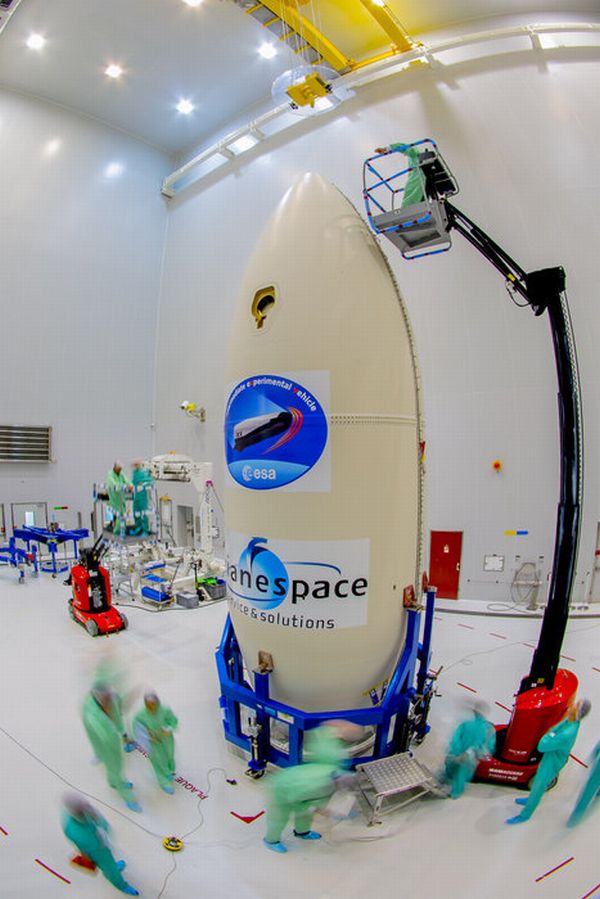Europe’s much-awaited “Space Taxi” is finally ready for its first test flight and reentry mission, which is scheduled to be held on February 11.
ESA’s Intermediate eXperimental Vehicle, which is also the IXV mission, would be the continent’s own shuttle-like, reusable space vehicle. The mission will help the ESA to develop cutting-edge technology that would assist astronauts and other spatial bodies in re-entering the Earth along with soft landing.
ESA has already developed advanced systems that have the capabilities of blasting off spacecraft into orbit securely, docking mechanically with cooperative or non-cooperative targets and even venturing on spatial objects that are at the far-flung areas in our Solar System.
By becoming proficient in reentering the Earth’s atmosphere (after venturing into the space) and precision landing will add another feather to its achievement’s cap. This development would not only become a foundation stone for more reusable launcher stages and safe return of crew from space but it might also open doors from Earth observation from the ‘outside’ in the near future, satellite servicing and other researchers like microgravity studies.
Launch and reentry
The five-meter-long, two-tonne prototype IXV would be sodden with 300 sensors. The Intermediate eXperimental Vehicle will get separated from Vega 320 km above Earth to reach a height of 450 km before descending for reentry. Accordingly, with its advanced sensors it will gather information on the craft’s handling and thermodynamics.
With the deployment of multistage parachute, the IXV would decelerate from hypersonic to supersonic speeds for slowing the further descent.
Following a splashdown in the Pacific Ocean, the flotation balloons would keep the vehicle afloat, which would later be recovered by a ship for thorough analysis.
It is expected that the entire operation would go for at least 100 minutes.
Source: European Space Agency





[…] are some of the images of the ESA’s space taxi, as they call […]